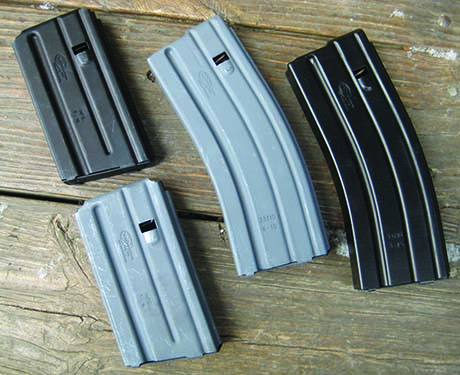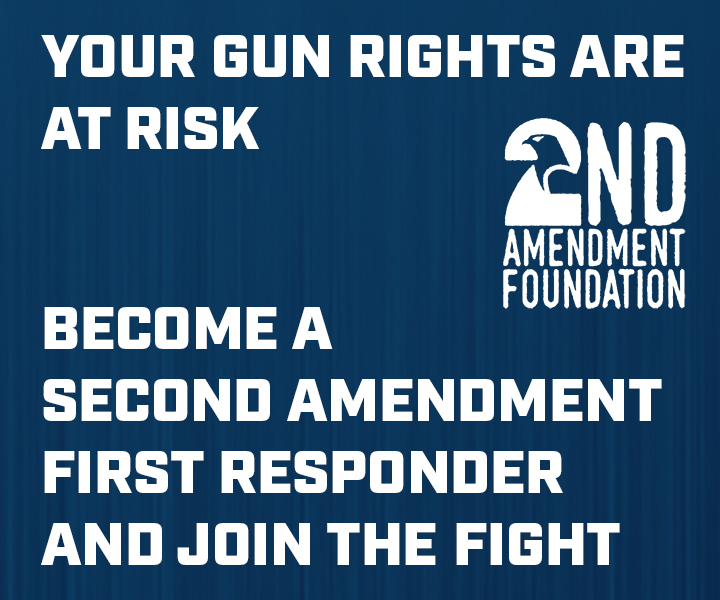
By Dave Workman
Editor-in-Chief
The Second Amendment Foundation and National Rifle Association have filed an amicus brief with the U.S. Supreme Court in support of a case challenging the District of Columbia’s ban on magazines which hold more than ten rounds.
The 31-page brief asserts that the D.C. Circuit Court “misapplied (the Supreme Court’s) precedents and consequently held that the District’s ban on common arms is likely consistent with our nation’s historical tradition of firearm regulation.”
Instead, SAF and NRA contend, the high court “correctly concluded that the banned magazines are likely ‘arms’ covered by the Second Amendment’s plain text.” But the Circuit Court’s plain text analysis “nevertheless contradicted this Court’s precedents in ways that will undermine the Second Amendment in future cases,” the gun rights groups contend.
The issue goes well beyond the District of Columbia, as noted in a SAF news release. Because there is disagreement between the circuit courts on whether a magazine is considered a bearable arm protected by the Second Amendment, this case , known as Andrew Hanson, et.al., v. District of Columbia, et.al., is ripe for consideration by the Supreme Court, they assert.
SAF is represented by attorney Adam Kraut, who is SAF’s executive director. NRA is represented by attorneys Joseph G.S. Greenlee and Erin M. Erhardt at the NRA Institute for Legislative Action.
“In our brief,” Kraut noted, “we remind the court that repeating arms predate the Second Amendment by roughly three centuries, and that semiautomatic firearms were invented in 1885. Likewise, detachable box magazines came along back in 1862. Despite technological advances over the past 200 years, neither the sale nor possession of repeating arms of any capacity were ever banned in the United States.”
“The very essence of the Second Amendment is to protect the right to keep and bear arms,” said SAF founder and Executive Vice President Alan Gottlieb. “The language of the Second Amendment does not stipulate which bearable arms are protected, only that they are, and that the right of the people to bear those arms shall not be infringed. Because of the lower court split on whether magazines are ‘arms,’ we believe the high court needs to resolve this controversy without further delay.”
The brief also reminds the Supreme Court that it has never really defined the term “arms” as it applies to constitutional protections at the time of the Founding. When the Constitution was adopted in 1789, arms covered such things as knives, hatchets, swords, pistols, rifles and muskets.



